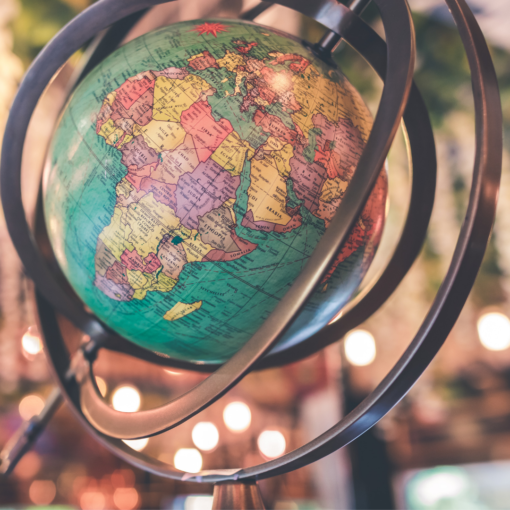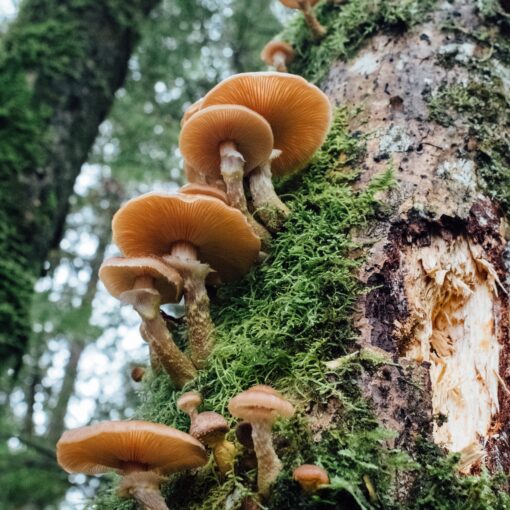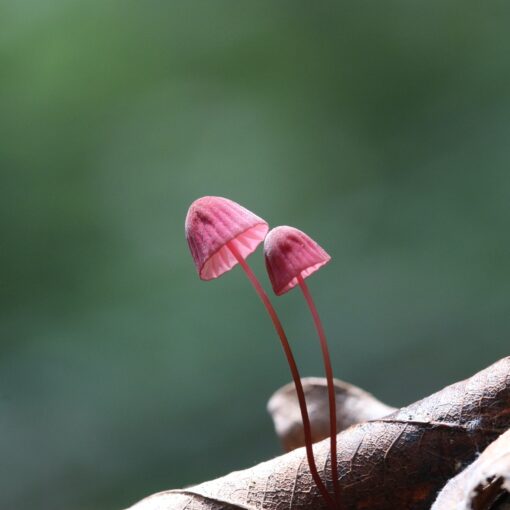This is the first post in a three-part series by PhD student and Mellon Humanities Public Fellow Daniel Valtueña about his experience curating the project En un cuartito los dos in the James Gallery at The Graduate Center, City University of New York.
Post 2: Between Legitimation and Limitation
Post 3: Beyond Academic Collaboration

If you have ever been a graduate student, somewhere in the cloud are electronic folders full of papers for classes you took. To be honest, I am generally disappointed with the afterlife of my final papers. Yes, I have participated in academic conferences with some of the ideas I had previously explored in classes and I am now working on an article to be published in an academic journal. However, I always ask myself the same question: what more could a final paper do?
In Spring 2018 I took a course on curating in the Art History department at The Graduate Center. My final paper for the seminar was inspired by Spanish performer Niño de Elche’s practice. Trained as a cantaor or flamenco singer, Niño de Elche moved away from the traditional flamenco sphere and into contemporary practice. He combines his music recordings with performing arts collaborations with artists such as Angélica Liddell or Israel Galván as well as participation in contemporary art shows such as Documenta 14 Kassel.
I was surprised when, after I submitted my final project, Professor Katherine Carl––curator in the James Gallery––decided to fund my proposed project and schedule it as part of the gallery’s 2018–19 programming. In the past I’ve had the opportunity to work on similar artistic projects, but this was the first time I would do it since coming to The Graduate Center as a PhD student. I had never before tried to turn a paper into a curatorial project, but I thought it would be a productive challenge.
En un cuartito los dos was a curatorial project that brought artist Niño de Elche to the James Gallery. Over the course of three days, the gallery became a space where knowledge was produced by artistic and curatorial exploration, intellectual debate in form of a round-table discussion I organized, and a public performance and conversation with the artist where people from different backgrounds could share their impressions on ideas such as tradition, normativity, and the body. And it all started with a final paper for a graduate seminar.
One of the realities I had to confront was managing the theoretical framework I developed for my final paper and the material conditions I had to deal with when curating this project. Scheduling the project, raising funds, looking for production materials, and coordinating the numerous groups of people involved had to be in dialogue with the research question I wanted to explore: is it possible to make an alternative flamenco tavern happen in the space of the gallery? From the very beginning it was clear to me that the answer was yes. However, it was easier to describe that in an essay than to create it in real space and time.
Let me give you an example. In addition to a flamenco guitar, some charcoal, and a couple of vibrators, artist Niño de Elche requested a table and a couple of chairs. The table had to be  square and made out of wood; Amazon made it easy to find. The chairs, on the other hand, needed to look like the traditional wicker chairs you find in every bar in Andalusia. However, New York is not Seville.
square and made out of wood; Amazon made it easy to find. The chairs, on the other hand, needed to look like the traditional wicker chairs you find in every bar in Andalusia. However, New York is not Seville.
After calling all of the Spanish restaurants in the city and visiting a few second-hand furniture markets, I found two wonderful chairs in a vintage store on the third floor of a skyscraper in Herald Square. As I carried the two heavy chairs down 34th Street, I thought about some of the theoretical concepts that had informed my original essay. Michel Foucault’s notion of heterotopia––briefly defined as a tangible space outside the rules normativity imposes––was one of the foundations of my paper. I realized then that I was materially emulating Foucault’s theory, not only by reflecting on it but by physically working to create such a space with chairs that are rarely seen in New York City. Heterotopias are easy to imagine and much harder to physically create.
Having the time and space for carefully and quietly reading and writing is fundamental for humanities research, but curating En un cuartito los dos taught me how theoretical thinking can be transformed into being. I was confronted by material situations that challenged and modified the ideas in my paper. Sharing my thoughts with the audience and working together with the artist and all the people involved made my paper a collective project rather than an individual piece. This experience demonstrated to me how doing humanities research in such a manner, while much more challenging, is also more satisfying––and more fun.
I invite you to dive into the numerous electronic folders you may have where you saved your seminar essays and suggestive articles and think about what kind of public afterlife they might have. What more could all our final papers do?
Daniel Valtueña thanks Stacy Hartman and Anthony J. Harb for their writing advisement on this text.
 Daniel Valtueña is a PhD student in the Department of Latin American, Iberian, and Latino Cultures. He earned his BA in Art History at Universidad Complutense de Madrid and his research focuses on contemporary Iberian cultures and queer theories. His work explores the notion of celebration from both theoretical and curatorial perspectives, and his dissertation will address contemporary Iberian artistic practices in the intersection of queer and national identities. In 2012 he was awarded the Certamen Nacional Jóvenes Investigadores by the Spanish Government for his early research initiatives and received the Premio Talento Joven in the category of Culture by the Madrid Region in 2015 for his arts management trajectory. Daniel is also a curator based in New York and Madrid. Follow him on Instagram at @danielvaltuena.
Daniel Valtueña is a PhD student in the Department of Latin American, Iberian, and Latino Cultures. He earned his BA in Art History at Universidad Complutense de Madrid and his research focuses on contemporary Iberian cultures and queer theories. His work explores the notion of celebration from both theoretical and curatorial perspectives, and his dissertation will address contemporary Iberian artistic practices in the intersection of queer and national identities. In 2012 he was awarded the Certamen Nacional Jóvenes Investigadores by the Spanish Government for his early research initiatives and received the Premio Talento Joven in the category of Culture by the Madrid Region in 2015 for his arts management trajectory. Daniel is also a curator based in New York and Madrid. Follow him on Instagram at @danielvaltuena.







